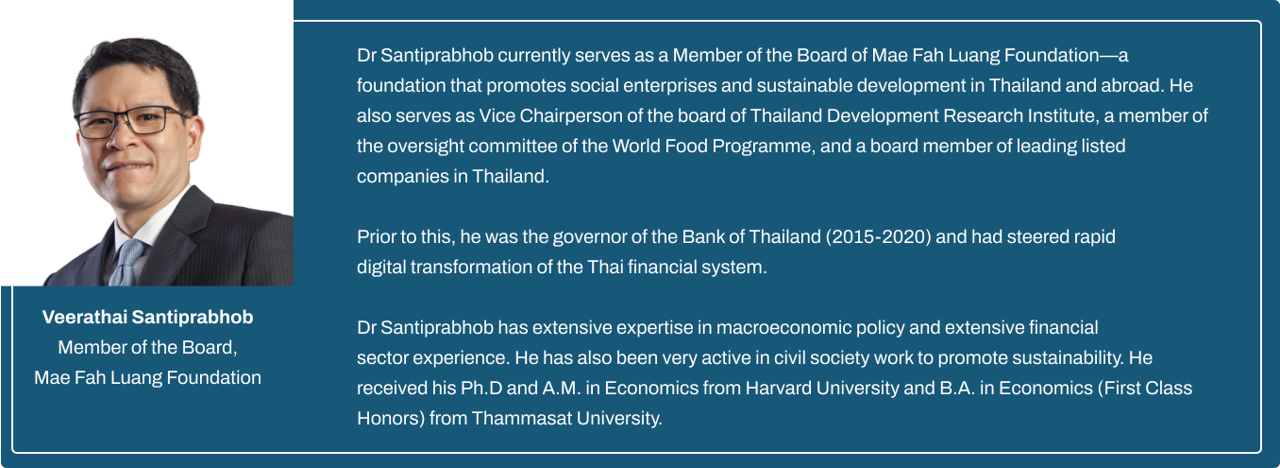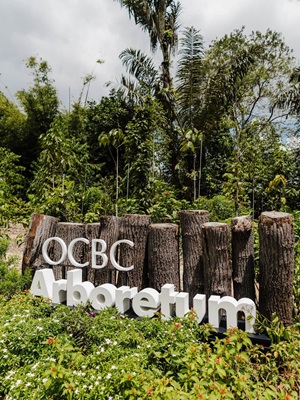One way of looking for signs of progress on decarbonisation is to look at what is being done by asset owners to lessen our dependence on fossil fuels.
The New Zealand Super Fund, for example, is investing globally to support the transition to a low-carbon economy with investments in renewable energy worth nearly $1 billion and substantial investments in funds focused on energy efficiency and the energy transition.
At home, the fund has a partnership with Copenhagen Infrastructure Partners developing offshore wind energy projects off the coast of the North Island, as part of New Zealand’s energy transition. It has also shifted a large proportion of its passively invested assets to low carbon indices as part of its sustainability push.
Mitigating climate change is a central pillar of Canadian pension fund CDPQ’s ESG strategy, and the fund has shown its commitment by earmarking $10 billion for equity financing towards the energy transition in a meaningful way, while also divesting from coal.
Last year, Korea Investment Corporation formalised its sustainable investment approach and committed to intensifying its climate efforts across the KIC investment portfolio. The Korean sovereign fund already invests in a variety of funds focused on ESG, green finance and social projects.
A strategy such as this, while commendable, is really only going to reduce ESG or climate risk in the asset owner’s portfolio. And in KIC’s case, it does appear to make a material difference. The climate risk of KIC’s equity portfolio, measured using Climate VaR, appeared to maintain 11% lower risk than the equity benchmark.
Asia-Pacific family offices are pouring money into agri-tech and farm production facilities. Campden Wealth’s recent study of family investing highlighted one Hong Kong family that is using its influence with the private equity business in which it invests directly to encourage them to adopt more sustainable sourcing of raw materials.
Across Southeast Asia about 50% of emissions come from food and agriculture, and a large element of this is methane from rice production. The family owns a stake in an impact venture which advises farmers on how to replace continuous flooding with sprinkler irrigation of rice paddies. This can reduce methane production by 70%.
In the absence of a convergence of standards on ESG monitoring, Malaysia’s civil service pension fund KWAP is focusing on how it can make a real impact with the creation of its own ESG guidelines and scoring methodology.
A new study from the MSCI Sustainability Institute shows how 15 APAC markets — Australia, Bangladesh, China, Hong Kong, India, Indonesia, Japan, Laos, Malaysia, Pakistan, the Philippines, Taiwan, Thailand, South Korea and Vietnam — could pursue an orderly, managed phase-out of coal-fired power plants through 2050.
The simulated pathways would reduce their coal-power emissions by anywhere from 39% to 95%, while reducing their total carbon emissions by 74%, compared with a business-as-usual scenario.
Climate tech and the energy transition are expected to drive massive growth in investment directed at Asia in the next few years. A report issued jointly by impact investment group LeapFrog, Temasek and the World Bank recently highlighted how green tech is a major growth industry in Asia’s emerging countries.
LeapFrog, Temasek and the European Investment Bank are deploying $500 million via a dedicated climate investment strategy to invest in companies that provide green tools and technologies.
The potential for substantial development of energy transition investments in the region is demonstrated by the proactive nature in which countries like Indonesia and Vietnam have embraced the concept of Just Energy Transition Partnerships. This funding model supports country-led energy transition and equity in emerging economies with three goals: 1) facilitate the early decommissioning of coal-fired power plants; 2) mobilize private sector capital to finance decarbonization efforts; and 3) deliver a “just transition” for affected communities.
Posted 01/02/2024

















